Samsung's Galaxy S24 display finally amazes, so how's iPhone 15 priced the same?
We may earn a commission if you make a purchase from the links on this page.
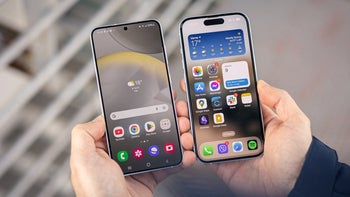
Samsung's Galaxy S24 display finally caught up to... the Pixel series. Wait, what? Yes, surprisingly enough, it's Google's Pixels that have been at the forefront of display quality when it comes to brightness and color representation, rather than phones from the Apple-Samsung duopoly where only the most expensive models cover all the requirements for a great phone screen.
In our best phone displays ranking, the Pixels have always been at the top spots and ahead of Samsung or Apple, including lowly budget affairs like the Pixel 7a. Until the Samsung Galaxy S24 series, that is.
Forget thin green lines! Galaxy S24 finally comes with excellent display
LTPO for the masses!
Green line mishaps or not, an excellent display is something pretty much expected from a flagship handset like the Galaxy S24 Ultra. Indeed, our display benchmark tests returned high brightness and excellent wide gamut color credibility, not to mention the smooth refresh rate or the class-leading reflectivity that makes it very easy to see outdoors. After all, the S24 Ultra comes with Samsung's latest OLED LTPO panel generation.
What's new in 2024, however, is that ALL members of Samsung's S24 series now come with LTPO displays! Previously, the S23 and S23+ shipped with the older LTPS screen technology which not only didn't allow granular 1Hz-120Hz refresh rate like on their bigger Ultra sibling, but was also dimmer and power hungry, resulting in shorter battery life. Not any more and Samsung's S24 display calibration is great, too!
The iPhone 15 display colors are off compared to the S24
After a few years of display fragmentation, however, Samsung finally decided that the Galaxy S24 and S24+ specs have to match their prices, and released them with excellent LTPO panels. When we say excellent we don't only mean in paper where Samsung lists 2600 nits of peak brightness, or the same wide 1Hz-120Hz dynamic refresh rate range that the Ultra offers.
Our own screen benchmark testing now puts the Galaxy S24 and S24+ displays at the top of the totem pole for their respective price range, rivalling even Google's Pixel line. They come with both very high and very low brightness levels to offer great outdoor visibility and protect your eyes when reading at night at the same time.
Color gamut and temperature coverage are also spot on and near the ideal reference points. The new, more granular refresh rate and the modern LTPO display technology also led to longer battery life than their predecessors.
Galaxy S24 and iPhone 15: gaps in specs but not in price
Same cost, but why?
An iPhone 15 and a Galaxy S24 both cost $799 for the base version, but it is getting increasingly difficult for Apple to find justification for that price. After all, the sales of its way more expensive Pro line are overwhelming those of its cheaper handsets, and it is not hard to deduce why.
| Galaxy S24 | iPhone 15 |
|---|---|
| Punch-hole cut-out | A larger cutout for the Dynamic Island |
| A much smoother display with a 1Hz-120Hz variable refresh rate | Regular 60Hz fixed display refresh rate |
| 2600 nits peak brightness | 2000 nits peak brightness |
With the Galaxy S24 and S24+, Samsung made the specs gap with the iPhone 15 and iPhone 15 Plus even more glaring. Apple keeps fragmenting the iPhone series with all modern specs reserved for the Pro line, but it now gives way in areas where previously the iPhones excelled in, like display quality or battery life, and that's despite the S24's higher refresh rate.
As a result, not only does the iPhone 15 ship without the telephoto camera and 120Hz display refresh rate of the S24, but its panel is now much dimmer and with less accurate color representation in comparison. Even if Apple finally introduces high refresh rate on its budget iPhones, would it opt for an LTPO display and the same granular 1Hz-120Hz refresh rate that the Galaxy S24 now commands?
Galaxy S24 vs iPhone 16
Floor wiping
Well, the latest rumors are that Apple will not only eschew dynamic refresh rate on the iPhone 16, but it won't upgrade the display refresh at all and will keep its $799 phone at the 60Hz that its competitors have long now forgotten at this price point.
It might, however, upgrade the Pro models again, and segregate the iPhone 16 even further along specification lines. If those rumors hold water in the end, the Samsung Galaxy S24 will wipe the floor not only with the iPhone 15, but with the upcoming iPhone 16 as well, all at the same price. Why does then Apple still ask $799 for its base iPhones again?
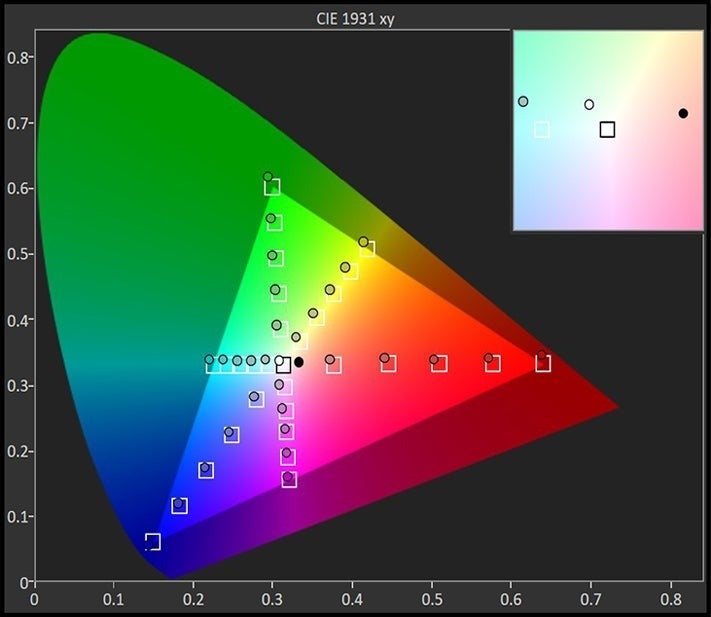
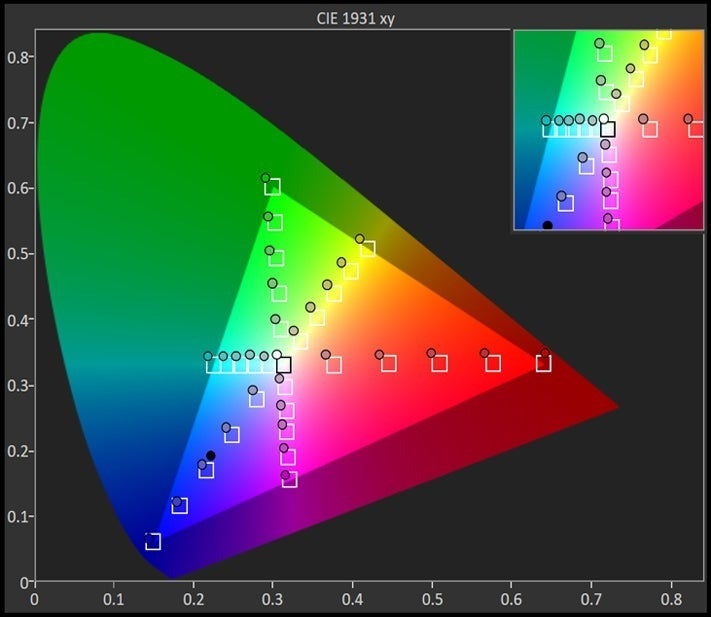













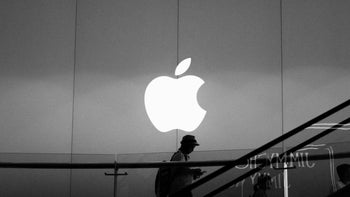
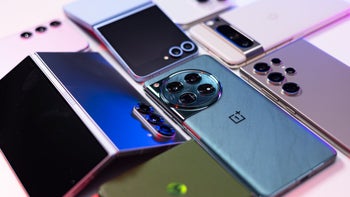

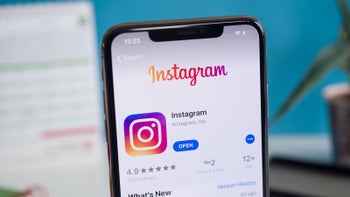
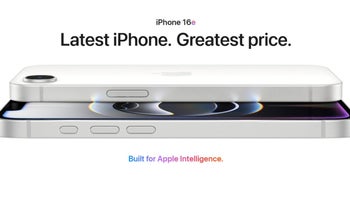

Things that are NOT allowed: